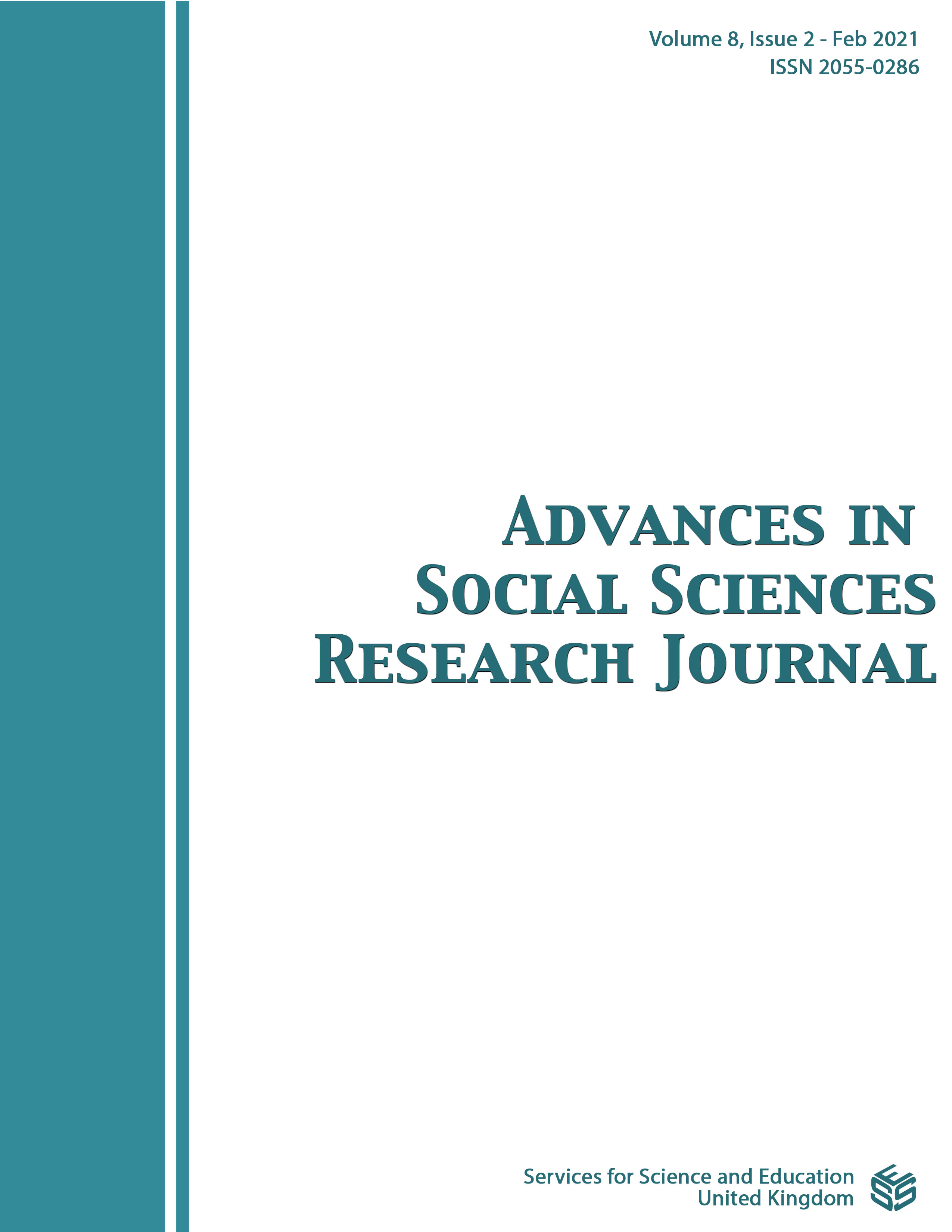Blame is in the eye of the beholder: Assessing the Role of Ambivalent Sexism on Subtle Rape Myth Acceptance
DOI:
https://doi.org/10.14738/assrj.82.9669Abstract
The aim of the present study was to determine whether ambivalent sexism predicts subtle rape myth acceptance. Respondents comprised of 211 university students, who completed the Ambivalent Sexism Inventory (Glick & Fiske, 1996) and the updated version of the Illinois Rape Myth Acceptance scale (McMahon & Farmer, 2011). Results indicated that while benevolent sexism significantly predicted acceptance of subtle rape myths, hostile sexism did not. Additionally, male participants reported more ambivalent sexism and subtle rape myth acceptance than females. These findings add to the literature investigating gender inequality and rape mythology by giving a first account on the link between subtle rape myths and ambivalent sexist attitudes.
Downloads
Published
How to Cite
Issue
Section
License
Authors wishing to include figures, tables, or text passages that have already been published elsewhere are required to obtain permission from the copyright owner(s) for both the print and online format and to include evidence that such permission has been granted when submitting their papers. Any material received without such evidence will be assumed to originate from the authors.






